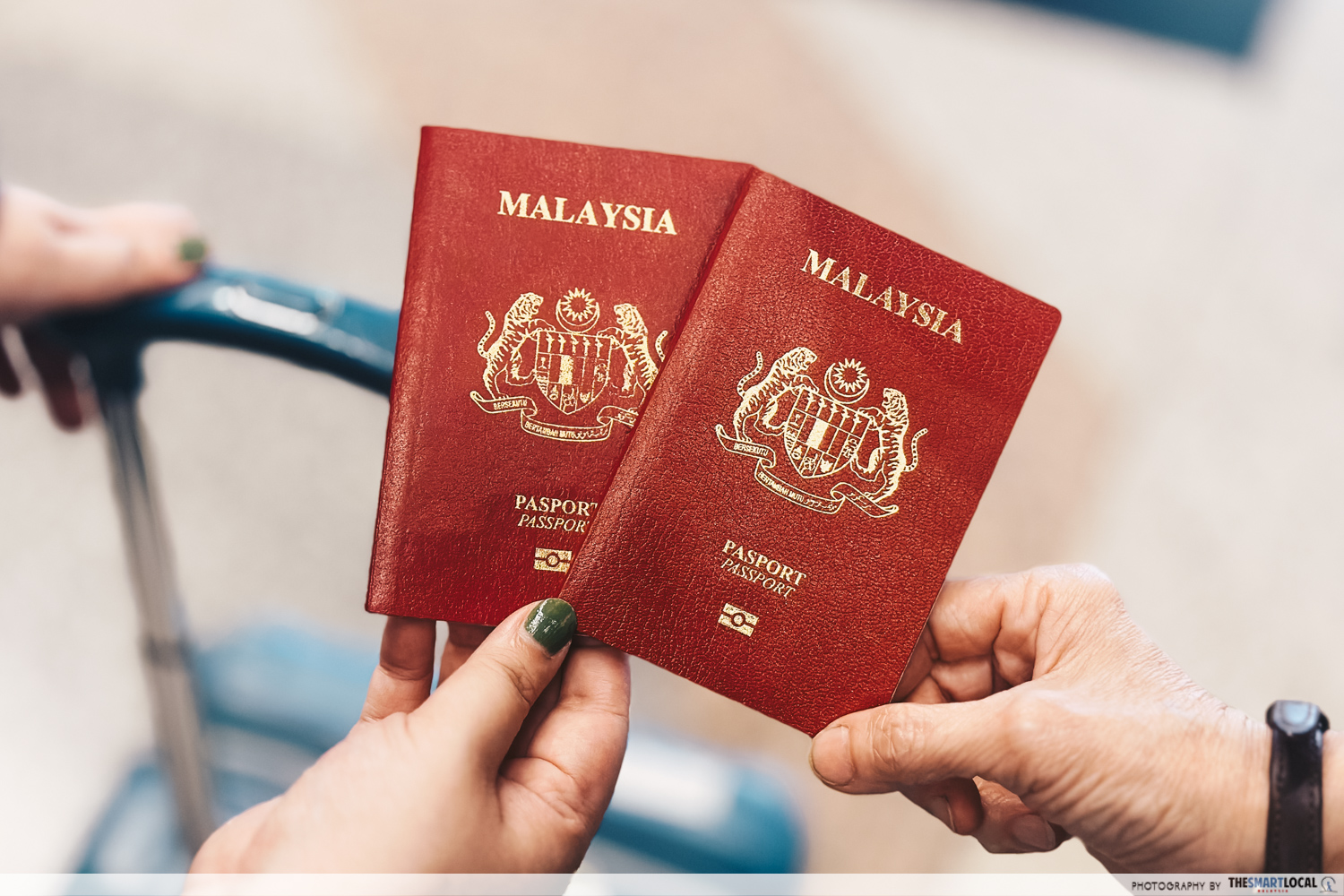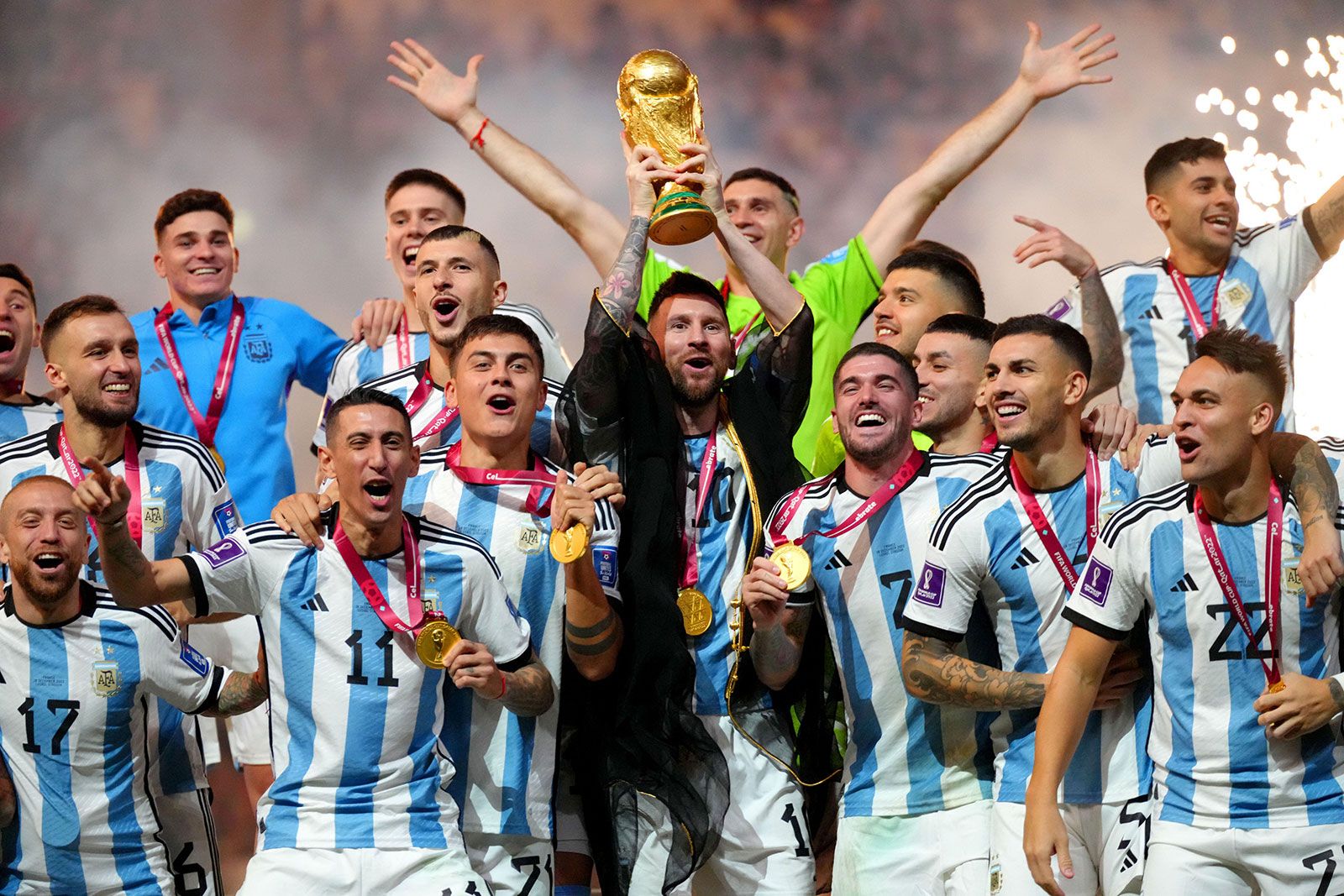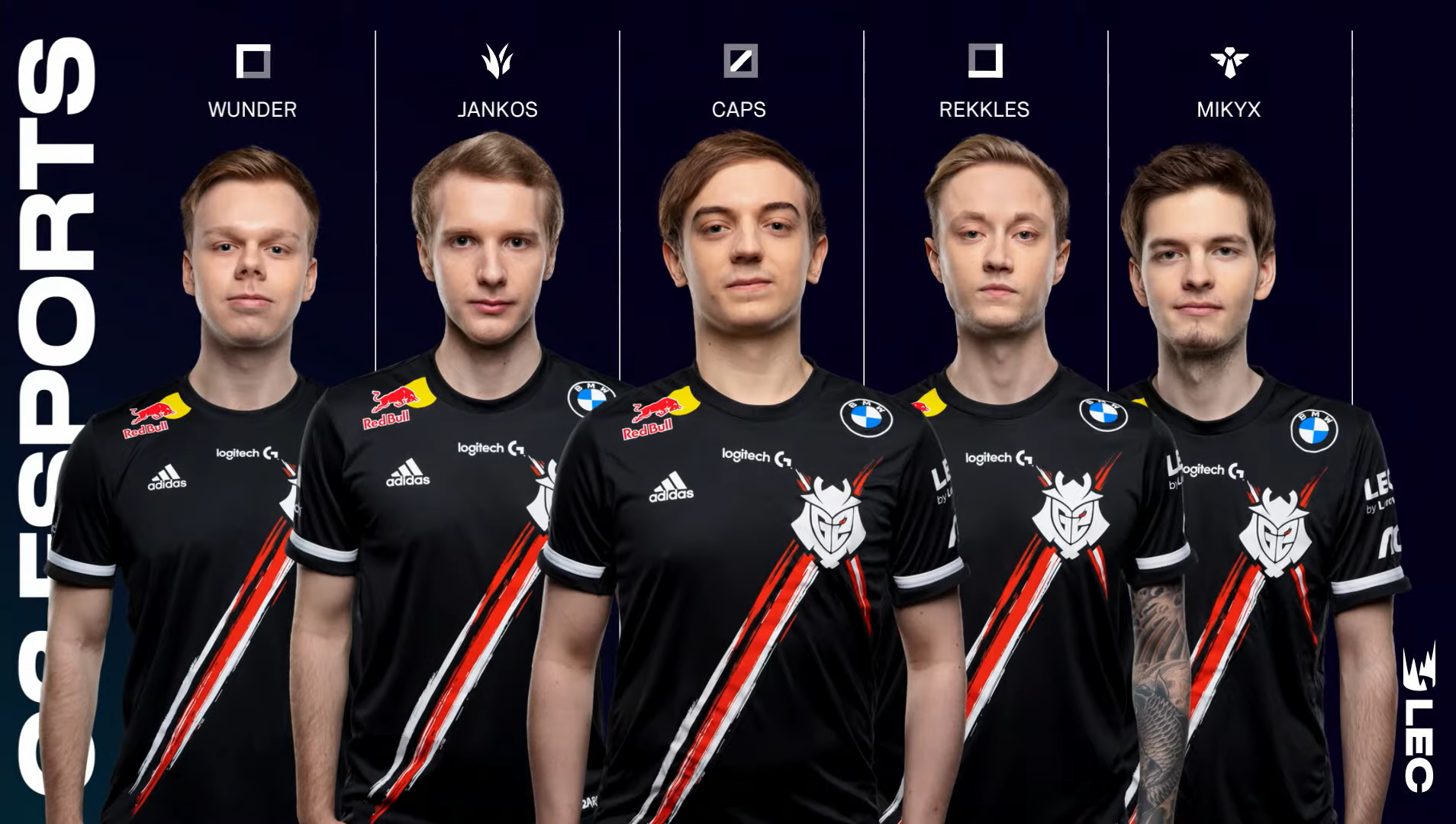Malaysia’s national football team, known as Harimau Malaya (The Malayan Tigers), has long been a symbol of pride and passion for Malaysian football fans. Over the decades, the team has experienced a rollercoaster of victories, challenges, and rebuilding efforts. In this article, we explore the history, achievements, and future of the Malaysia national football team.
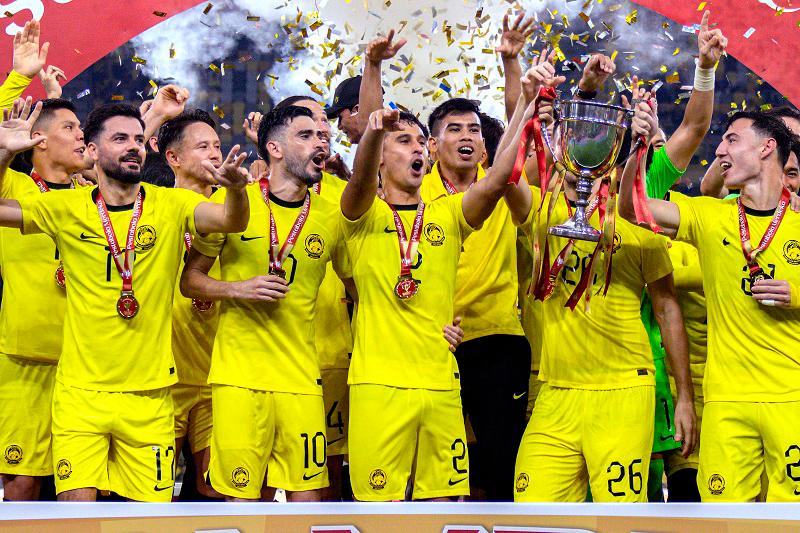
A Brief History of the Malaysia National Football Team
The Malaysia national football team was officially formed after the country gained independence in 1957. Before this, Malaysian players represented the Malaya national football team in international competitions. Since then, the Harimau Malaya has represented Malaysia in various regional and international tournaments.
Key Historical Moments:
- 1960s–1970s: The Golden Era
- Malaysia enjoyed significant success during this period, including qualifying for the 1972 Summer Olympics in Munich.
- Legendary players like Mokhtar Dahari, often regarded as one of Asia’s greatest footballers, led the team to numerous victories.
- AFF Championship Success
- Malaysia has been a consistent contender in the AFF Championship (formerly known as the Tiger Cup).
- The team won the title in 2010, defeating Indonesia in the final.
- SEA Games Dominance
- The national team has historically performed well in the SEA Games, winning multiple gold medals.
Current Squad and Key Players
The Malaysia national football team has seen significant improvement in recent years, with a focus on nurturing young talent and integrating naturalized players. The current squad combines experienced veterans with promising newcomers.
Key Players to Watch:
- Safawi Rasid
- A prolific forward known for his agility, technical skill, and scoring ability.
- Brendan Gan
- A dynamic midfielder who provides leadership and stability to the team.
- Darren Lok
- A naturalized striker who has quickly become a fan favorite.

Challenges and Opportunities
Challenges:
- FIFA Rankings:
Malaysia often struggles to climb the FIFA rankings, largely due to inconsistent performances and limited exposure to top-tier international matches. - Youth Development:
The need for a stronger grassroots program to nurture young talent has been a recurring issue.
Opportunities:
- Naturalized Players:
The inclusion of players with Malaysian heritage or naturalized citizens has strengthened the squad significantly. - M-League (Malaysia Super League):
The local league serves as a talent pool for the national team, with clubs actively developing future stars.
Future Goals and Aspirations
The Football Association of Malaysia (FAM) has outlined ambitious goals for the Harimau Malaya, including:
- Qualifying for the 2026 FIFA World Cup.
- Continuing to compete at the highest level in the AFF Championship and Asian Cup.
- Building a sustainable footballing ecosystem with stronger youth academies and coaching programs.
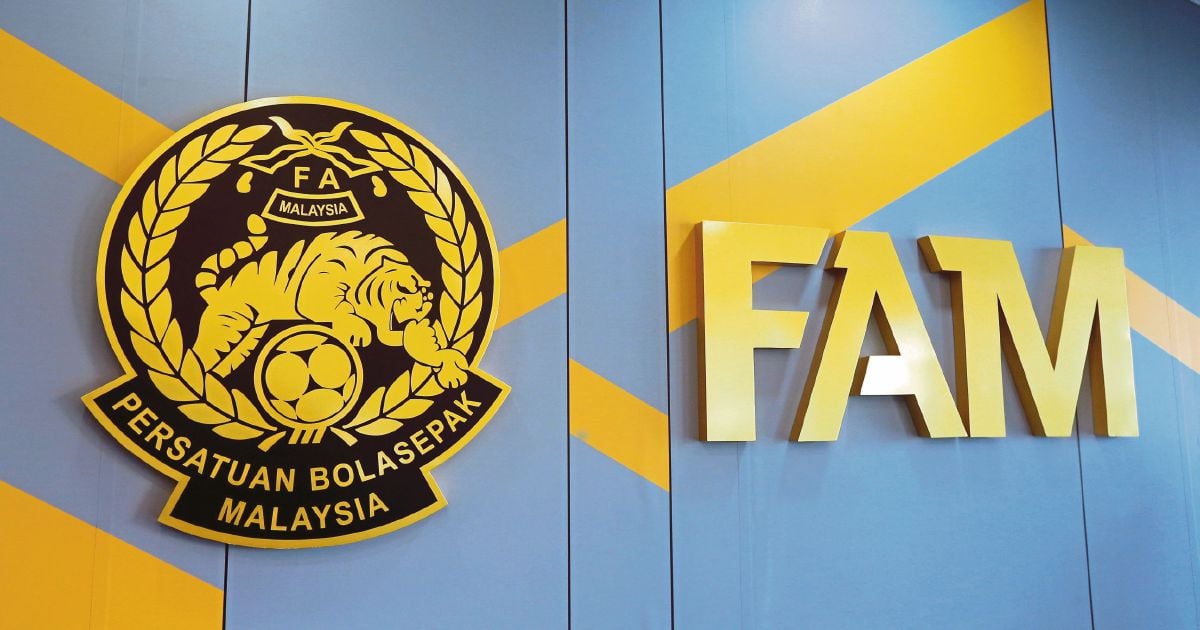
Fan Support and National Pride
The Harimau Malaya enjoys unwavering support from its passionate fanbase. From the iconic yellow and black jerseys to the thunderous chants of “Malaya Boleh!” (Go Malaya!), fans play a crucial role in inspiring the team during home and away matches.
Conclusion
The Malaysia national football team is more than just a team; it’s a symbol of unity, pride, and resilience. While challenges remain, the Harimau Malaya continues to grow, driven by the passion of its players and supporters. As the team looks toward a brighter future, Malaysians remain hopeful for more victories on the international stage.




